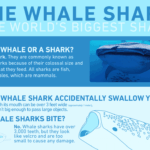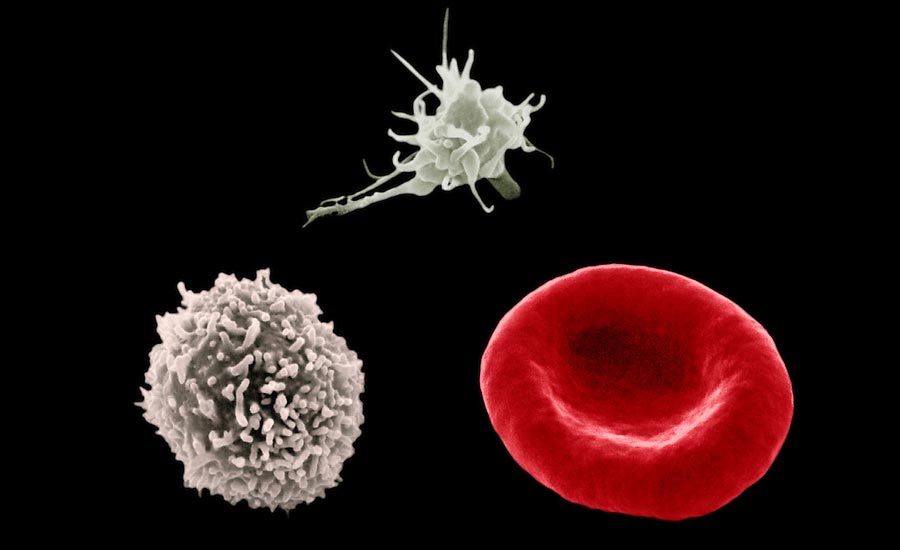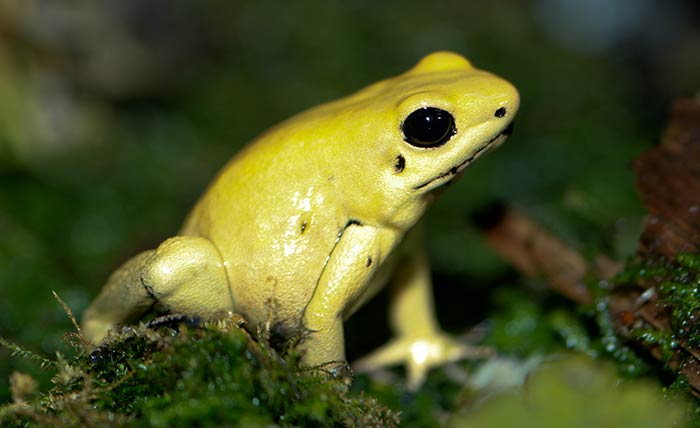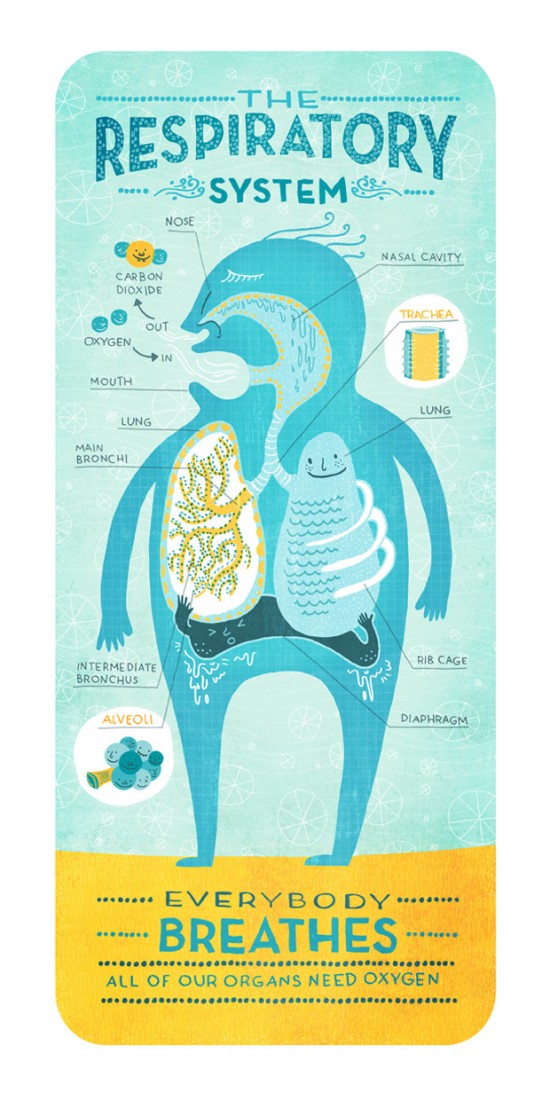We humans can’t do anything in dark as we can’t see in dark. But many animals like cats and owls can see in dark, but how? A new TED Ed video created by Anna Stöckl, from Lund University in Sweden explains.
How our eyes work?
Our eyes have a photo receptive area called retina. When light, essentially photos hit retina, it produces electrical signals. These electrical signals are transmitted to the brain and there it is interpreted into an image. When there is more light, more photos arrive at our eye and we can see brighter images. When it is dark, the amount of photos reaching the eye reduces and we see really fuzzy images. So during darkness our eye adjusts itself to capture more light by increasing the size of pupil. Still we are not good at seeing in dark.
How their eyes work?
Animals like Tarsiers have eyes which are large as their brains. Actually, they have the biggest eyes proportional to head size among all of mammals. This large eyes help them collect more light. And more light means good image!
Owls also have large eyes and specialised rod cells. In addition to this large eyes, owls have a layer of light reflecting system behind their retina called Tapetum lucidum. These reflect the light back to the retina, which means more light in retina.
Cats also benefit from tapetum lucidum. This layer bounces the light back to retina and then to outside. This gives cat eyes, an astonishing glow. This is almost similar to the reflecting plates used in roads.
Toads use a different technique. Their eyes allow as many photos to arrive and take some time to build up the image. So they are getting an updated image only in every four seconds. But it is enough to catch slow moving targets.
Finally, hawkmoths collect information from all neighbouring photoreceptors together. It causes the loss of details and sharpness. But the interesting fact is, this ability helps them detect the colour of flowers even in dark!










Leave a comment